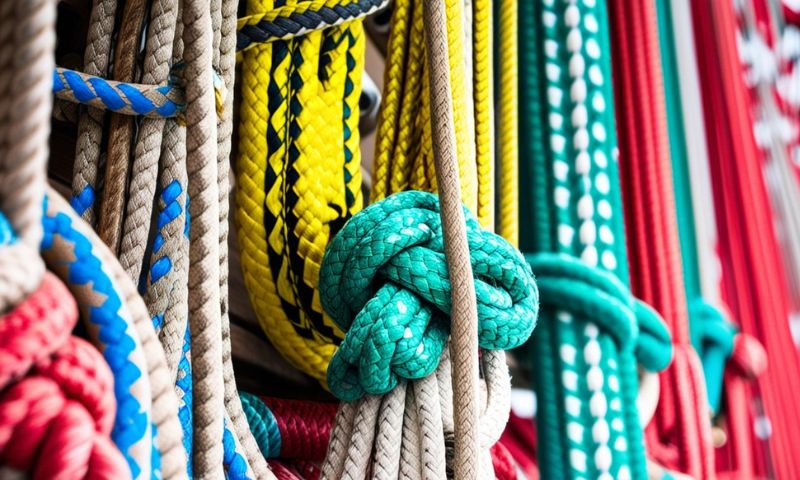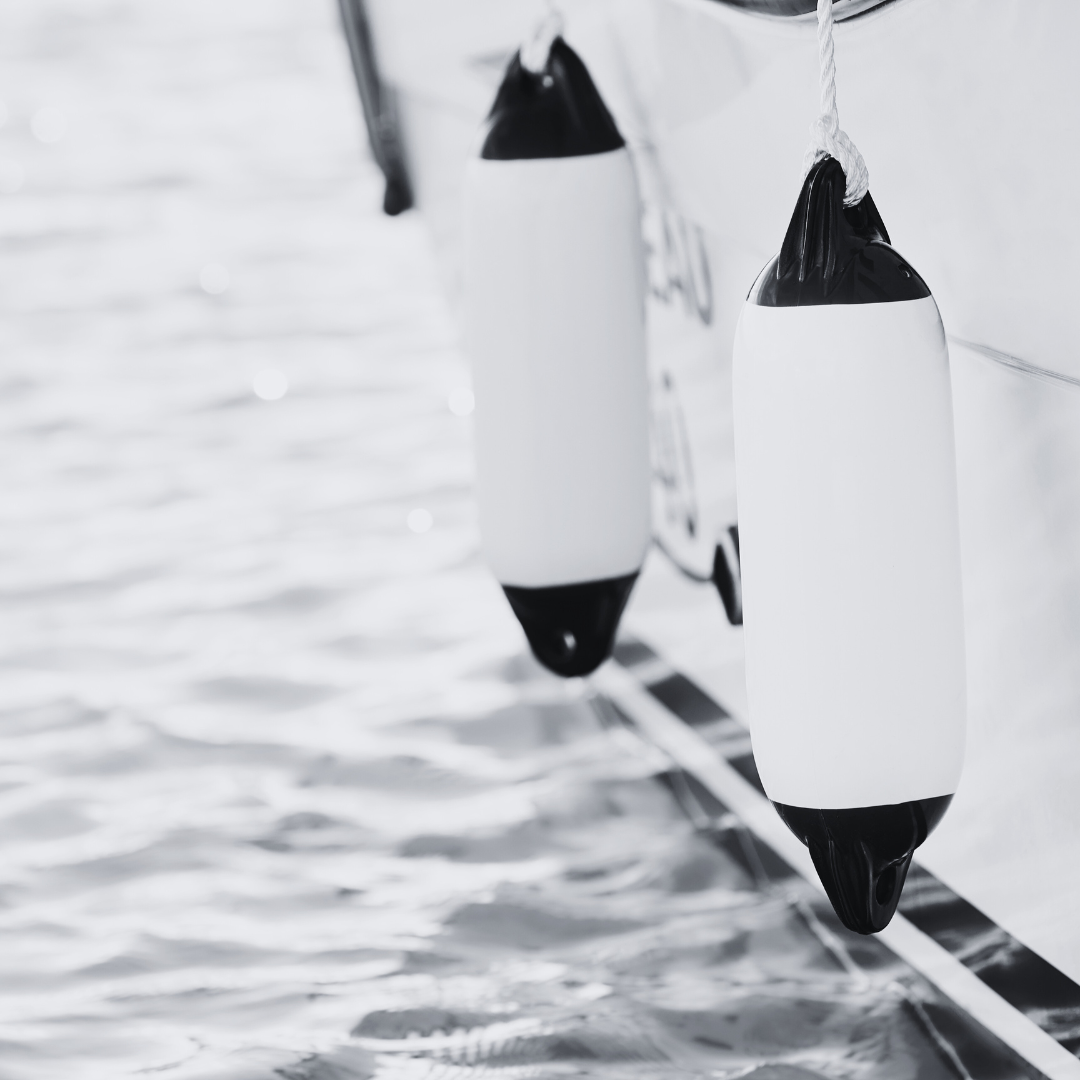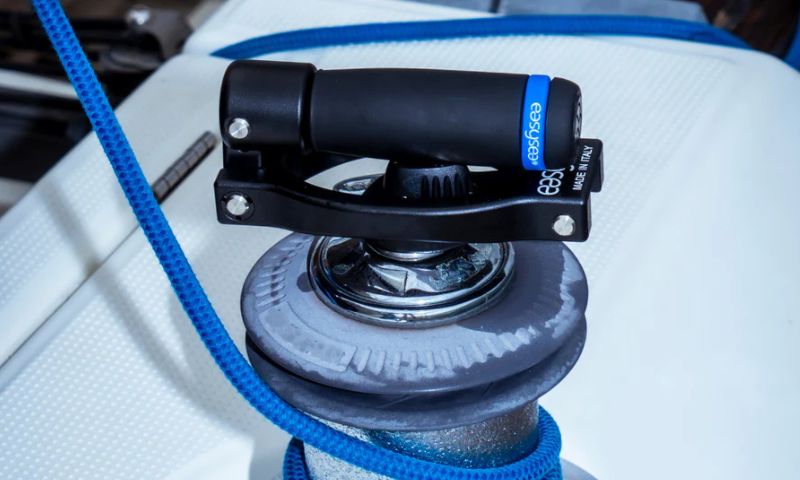Running rigging is a fundamental part of any sailboat, enabling sailors to control their sails efficiently. Unlike standing rigging, which remains static and supports the mast, running rigging involves the dynamic lines you adjust during a voyage, such as halyards, sheets, and reefing lines. Choosing the right lines isn’t just a matter of performance—it’s about safety and ease of handling.
Understanding the Differences Between Running Rigging and Standard Rigging
Before diving into specifics, it’s important to clarify how running rigging differs from standard rigging.
Running rigging includes the lines that adjust sails and other movable components on the boat.
These lines need to be flexible, durable, and optimized for frequent handling. Standard rigging, on the other hand, provides structural support.
While it holds the mast and other critical components in place, it doesn’t require frequent adjustment. This distinction highlights why selecting the right running rigging is so crucial: it’s the system that directly impacts your sailing performance and comfort.
----- 👀 A quick peek below deck…
While you’re reading about boat maintenance and common issues on board, why not take a moment to sneak a peek inside the Easysea community? It’s a free space built for sailors like you—where we talk about real problems, swap smart solutions, and share stories from life at sea. Inside, you’ll find:
⚓ Problems & Solutions – get answers from people who’ve been there.
🧰 Logbook and boat maintenance – see what others are doing to keep their boats in shape.
🌊 Easy Chat – hang out, ask questions, and stay in the loop. 👉 Curious? Hop on board and join us.
It’s free.
What Type of Rope Is Best for Running Rigging?
When it comes to running rigging, not all ropes are created equal.
The material you choose can significantly affect performance and longevity. Let’s explore the most common options:
Polyester: This is a versatile choice, offering durability, resistance to UV rays, and excellent abrasion resistance. It’s often used for sheets and general-purpose lines.
Dyneema: Known for its incredible strength and low stretch, Dyneema is perfect for halyards and high-load applications. It’s lightweight and maintains its integrity under extreme conditions.
Nylon: While popular for dock lines due to its elasticity, nylon is less suited for running rigging, as its stretchiness can reduce precision in sail control. Each material has strengths and weaknesses, but polyester and Dyneema are typically the go-to choices for most running rigging setups.
How to Choose the Right Size Rope for Your Boat
The size of your ropes depends on your boat’s size and the specific application of each line. Here’s a general guide:
- Small boats (under 30 feet), ropes between 6mm and 10mm are usually sufficient.
- Mid-sized boats (30-45 feet) benefit from 10mm to 14mm ropes.
- Larger vessels (over 45 feet) typically require lines of 14mm or more.
Remember, thicker lines are easier to handle but can add unnecessary weight and cost. Conversely, thinner lines may not handle the loads required for larger boats.
Always measure carefully and consider consulting a professional if unsure.
Selecting the Best Lines for Specific Applications
For Jib Sheets
Jib sheets need to be soft to handle but robust enough to endure constant tension. Polyester double-braid lines are ideal because they combine strength with flexibility. Additionally, they offer a comfortable grip, reducing hand fatigue.
For Halyards
Halyards demand low-stretch lines to maintain optimal sail shape. Dyneema is an excellent choice, as its minimal elasticity ensures sails stay trimmed correctly. Look for lines with a polyester cover to protect against abrasion.
For Reefing Lines
Reefing lines should be durable and resistant to abrasion since they experience high friction through blocks and cleats. Choose lines with moderate diameters—typically 8mm to 12mm for most boats—and prioritize low-stretch materials to secure the sail properly during heavy winds.
How to Extend the Life of Your Running Rigging
Good running rigging is an investment, and with proper care, it can serve you well for years.
Here are some tips:
- Inspect regularly: Check for frayed ends, UV damage, or areas of excessive wear.
- Use chafe guards: These protect lines in high-wear areas, such as where they pass through blocks or around cleats.
- Finish your lines properly: Heat-seal or whip the ends to prevent unraveling.
- Store carefully: When not in use, clean and dry your ropes, and store them in a cool, shaded area to avoid mildew and sun damage.
FAQs: Answering Common Questions About Running Rigging
What size line should I use for running rigging?
It depends on your boat’s size and the line’s purpose. Refer to the size guide above for general recommendations.
What type of rope is best for halyards?
Dyneema is a popular choice for its low stretch and high strength, ensuring your sails maintain their shape.
What’s the best line for jib sheets?
Polyester double-braid lines strike the perfect balance between durability and flexibility.
What’s the difference between running rigging and standard rigging?
Running rigging is adjustable and used to control sails, while standard rigging supports the boat’s structure and remains static.
Conclusion: The Key to Better Sailing
Selecting the right running rigging is more than a technical decision—it’s an opportunity to enhance your sailing experience.
With the right ropes, you’ll enjoy smoother handling, better performance, and the confidence that comes from knowing your equipment is up to the task.
Take the time to choose wisely, and your next sailing adventure will be all the better for it.
On our blog, you’ll also find a tip on how to easily run halyards inside the mast.





Leave a comment
This site is protected by hCaptcha and the hCaptcha Privacy Policy and Terms of Service apply.